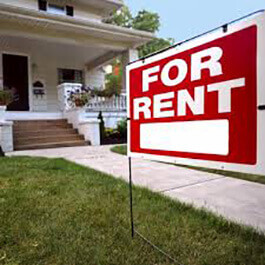Rental Property Investing

Real Estate Investing Today:
Optimal Choices for Investment Rental Properties
One thing is for sure, regardless of the market you are in right now, the demand for rental properties is steadfast and strong. It is, most definitely, a landlord’s market.
Despite a trending improvement in the real estate sector, as well as job sector, the residual aftershock of the market crash over five years ago still has many people struggling to rebuild credit and get back on their feet. Given the length of time that has passed (there are at least 2 to 4 years to go before those credit reports start to see an improvement), in conjunction with steadily rising interest rates for those who can qualify for a loan, the rental market remains stronger than ever.
So which is better? Single Family or Multi Family Rental Property Investments?
While it is true that in some markets, multifamily rental properties are making a killing for the investors who own them, in most markets single-family investment rental properties are the wiser way to go. Here’s why:
Single Family Rentals are Less Expensive to Buy
Finding single family homes to buy at below market value is easier than ever with systems like Find Motivates Sellers Now and though those great deals can be a bit of a challenge to negotiate, they are most definitely out there.
Often the properties that you are able to get at 70% to 80% of market value need a little bit of elbow grease to turn them into that cash flow machine you are looking for, but if you make your renovations smartly, the payback will keep giving for years to come. The key is not to invest too much in the wrong things while renovating.
Finally, while larger complexes do bring in more rent, assuming full occupancy, they require a much bigger investment or loan commitment as well as property management requirements.
Easier to Manage
While landlords are often expected to pay utilities like water and trash for multi unit homes, single-family homes are usually rented with the understanding that all of these responsibilities are that of the tenant.
In addition to the utility issue, many renters in single-family homes tend to treat the rental property more like their own, whereas apartment renters statistically are harder on the property.
Finally, single-family rental properties seem to stay rented for longer periods of time. Often single-family homes attract tenants who are older, more settled and perhaps even have children. The stability that goes along with this demographic lends to longer-term renters.
Better Appreciation
Historically single-family homes have appreciated more than multi-unite properties. That’s not to say that this trend won’t change, but multi family buildings are valued by calculating incoming rents and generally single-family homes are valued by supply and demand. As the market fluctuates, so does the ROI on these types of investments.